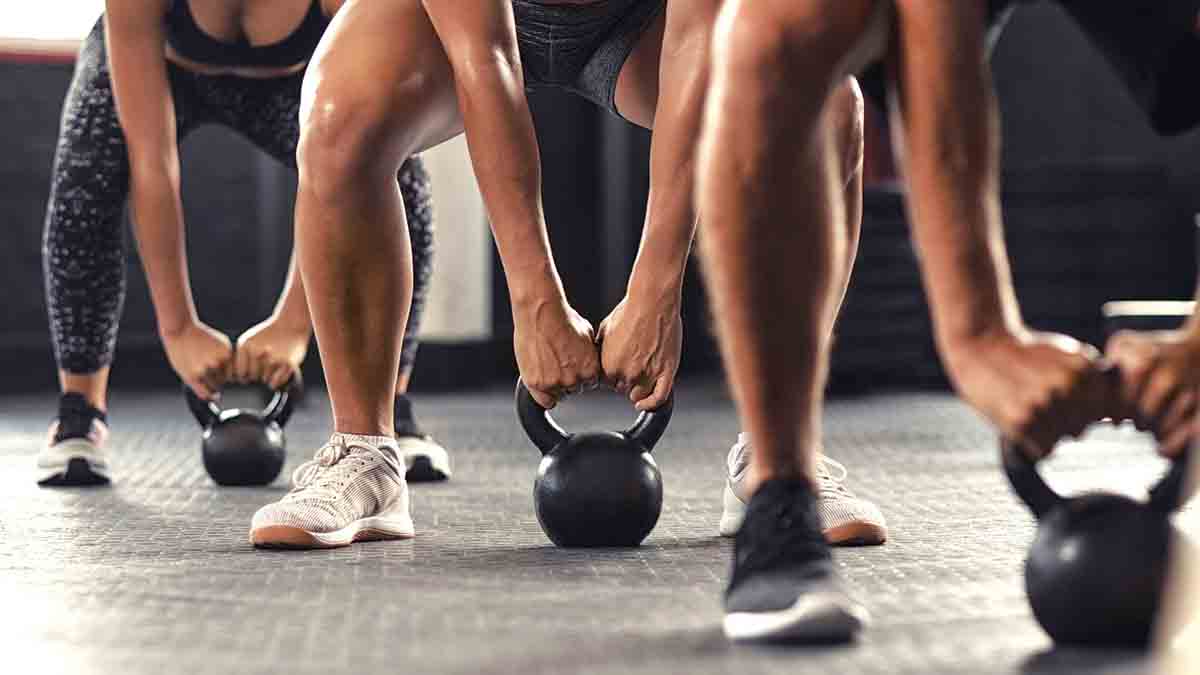Keeping strong to stay healthy in the modern age
By Paul Bolger. Nano Physiotherapy www.nanophysio.ie
You will likely have heard of ‘resistance training’ being talked about on the radio, TV on online. But what is resistance training? Why are we hearing more and more about it? And is it important for health? Here is a chartered physiotherapist’s opinion.
What is Resistance Training?
Resistance training is a form of exercise where we place resistance (strain or force) through the body – through our muscles, bones and joints. It includes classic weight training, bodyweight training and other exercises where we take more weight through the body than what we do during normal daily tasks (e.g. hiking with a backpack, floor exercises in yoga or pilates, etc).
Why do I keep hearing about it?
Modern life, for many of us, does not demand that we put much strain through the body. The phrase ‘use it or lose it’ comes to mind – it’s important to regularly expose our whole body to some degree of strain consistently if we want to stay strong.
In previous years, people had no choice but to lift, drag, carry, pull and exert their bodies in every which way daily. Think about carrying a basket from one shop to the next; walking miles to get from A To B; chopping and carrying wood. The list goes on. Modern comforts allow us to avoid doing this regularly.
As we move away from regular strenuous work, resistance training is becoming more important. While previous generations maintained their strength simply by completing their weekly tasks, now many of us must go out of our way to keep our muscles and joints strong and our bones healthy.
Is it really that good for my health?
The short answer – yes. Research shows that those who maintain strength are much more likely to remain independent, mobile and involved into later life. This results in them leading healthier and happier lives.
We know all about the muscle and strength gains resistance training offers, but it is also key for bone health. Bones, like muscles, are constantly changing and adapting. Astronauts perform resistance training in space to try to mitigate the harmful effects that zero gravity has on their bodies, including their bones. Placing added weight through the bones with consistent resistance training has been shown to slow, or even stall, bone density loss as we age.
There are so many more examples of how resistance training helps us – such as balancing blood sugar levels, improving metabolic health and reducing the risk of injuries and falls.
Where do I start?
The starting point will be different for each person – but the benefits will come with consistent effort. For someone who is inactive and unfit simply standing and sitting from a chair for 30 seconds might offer similar physical demands as squatting with a heavy weight offers to a fit athlete.
The best advice I can give is to join a group, club or class who perform resistance training. Here you can be guided by someone who can help you to adapt to your current ability. For those with significant medical concerns, seeing a healthcare professional might be the place to start.
As always, consistency and maintaining activity in the long run are key.


















